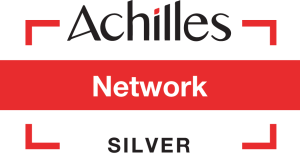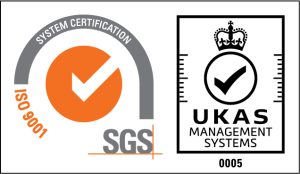10 Ways Observability will Benefit your Organisation & How Does it Differ to Monitoring
Author: Paul Winchester
Date: 21/09/2022
I.T. is changing rapidly.
Monolithic software is being broken down and rebuilt using technologies such as containerisation and micro services, and these are increasingly hosted in the Cloud. DevOps approaches to application development, where developers both build and maintain software, have brought huge benefits to organisations, but there is still enormous potential for growth.
Gartner has made some striking predictions about the pace of change:
Most Recent Post:
- “By 2022, more than 75% of global organizations will be running containerized applications in production.”
- “By 2023, 40% of Infrastructure & Operations leaders will implement at least one of the hybrid cloud architectures, from 10% in 2019”
- “By 2024, 30% of enterprises implementing distributed system architectures will have adopted observability techniques to improve digital business service performance, up from less than 10% in 2020.”
Why the change? What are the benefits and challenges?
What’s driving the change is the promise of greater efficiency, accelerated innovation and reduced costs, all to meet increasing end user expectations. These technologies also offer the potential for organisations to change and enhance their business models, and create new revenue streams. But these advances increase complexity, and the components are increasingly ephemeral. Current tools are not able to address the needs of these dynamic systems, meaning new approaches need to be found to access these opportunities.
What is Observability? How does it differ from Monitoring?
Observability builds on monitoring, using the data collected from a system to determine what it’s state is and how it is performing. It differs from traditional monitoring in that it is designed to explain the unknown-unknowns, the unexpected consequences of the complexity of the new breed of decentralised applications. Traditional monitoring techniques allow for alerts to be driven from known failure conditions, and are built around known, static topologies. Observability will allow you to generate actionable outputs from unexpected scenarios, in systems that are changing and adapting to demand. It achieves this through its ability to provide tools to explore and debug, as well as traditional charts and dashboards. This allows analysts to explain the unexpected, and address the underlying causes more quickly and more accurately. Automation and intelligence can be added to complement this approach, through the efficient application of AI to identify anomalies.
“Observability is the evolution of monitoring into a process that offers insight into digital business applications, speeds innovation and enhances customer experience. I&O leaders should use observability to extend current monitoring capabilities, processes and culture to deliver these benefits.”
Gartner Report “Innovation Insights for Observability” – 28 September 2020
Available from > https://www.splunk.com/en_us/form/innovation-insight-for-observability.html
What data is needed to deliver Observability?
Observability is often described as having 3 pillars, metrics, traces and logs.
– Metrics help you detect. They can indicate that there is a problem.
– Traces help to troubleshoot. They indicate where the problem is.
– Logs help to find the root cause. They describe the nature of the problem and why it is happening.
On top of these, you should consider Digital Experience as a further measure that is crucial to provide the full business context of a system. To achieve this, you require end-to-end visibility, for example from the users browser to the backend and back again. This needs to be considered in live, production environments, and also tested using synthetic transaction monitoring to simulate how these systems will behave.
Each of these on their own does not provide a complete picture. Only by considering them all in context, is it possible to effectively and efficiently analyse incident root cause, optimise performance, and calculate value to the business.
What are the benefits of Observability?
How then does observability address the challenges posed by the current digital transformation? Here are 10 benefits to get the conversation started.
Observability will:
- Make sense of the complexity
- Detect hard to catch problems
- Speed up troubleshooting, reducing MTTI, MTTA and MTTR
- Reduce alert fatigue
- Help to improve end user experience
- Increase automation
- Reduce time to market
- Help to reduce costs
- Increase productivity of your developers
- Answer any question you have about your systems
How does the Splunk Observability Suite deliver these benefits?
The Splunk Observability Suite collects Metrics, Traces and Logs, and uses the data to drive a comprehensive collection of tools, in a single user interface.
Infrastructure Monitoring gives insights into the underlying environment, both Cloud and on premise.
Application Performance Monitoring analyses all traces and spans generated from your applications instrumentation, without sampling, to provide full fidelity troubleshooting.
Real User Monitoring measures end user experience by analysing timings, errors and contextual information in real time.
Log Observer allows direct cross referencing of event logs with trends in metric and trace data.
On Call improves the on-call experience through automating incident response.
Synthetics provides developers with essential tools to optimise their code and improve user experience.
All this combined meets the needs of DevOps, ITOps, and the business as a whole.







